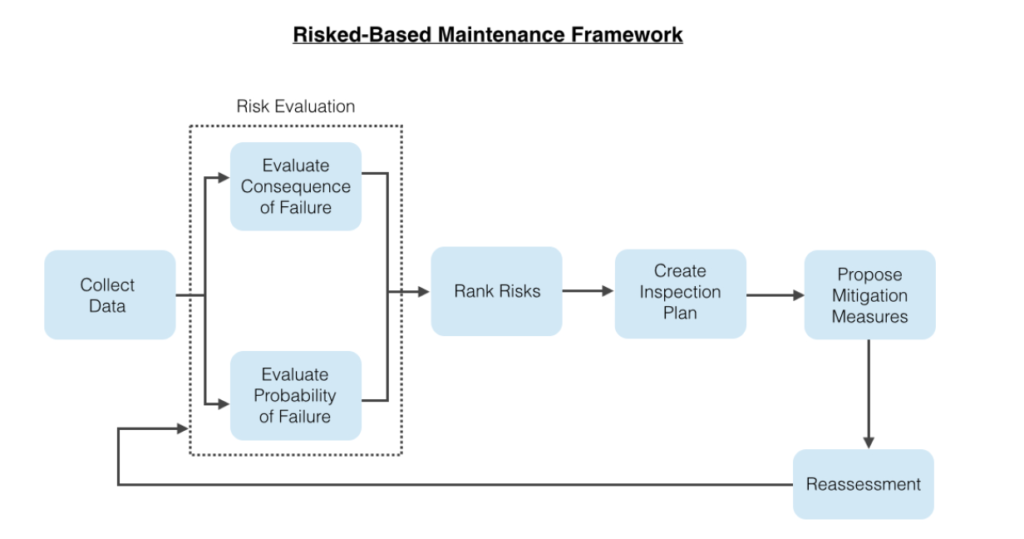
Checklist to find the right facility management partner
Efficient management of facilities is now more crucial than ever. The advent of the global pandemic has brought FM services from the periphery of a business to its core. Facility heads are now increasingly looking







0 Comments